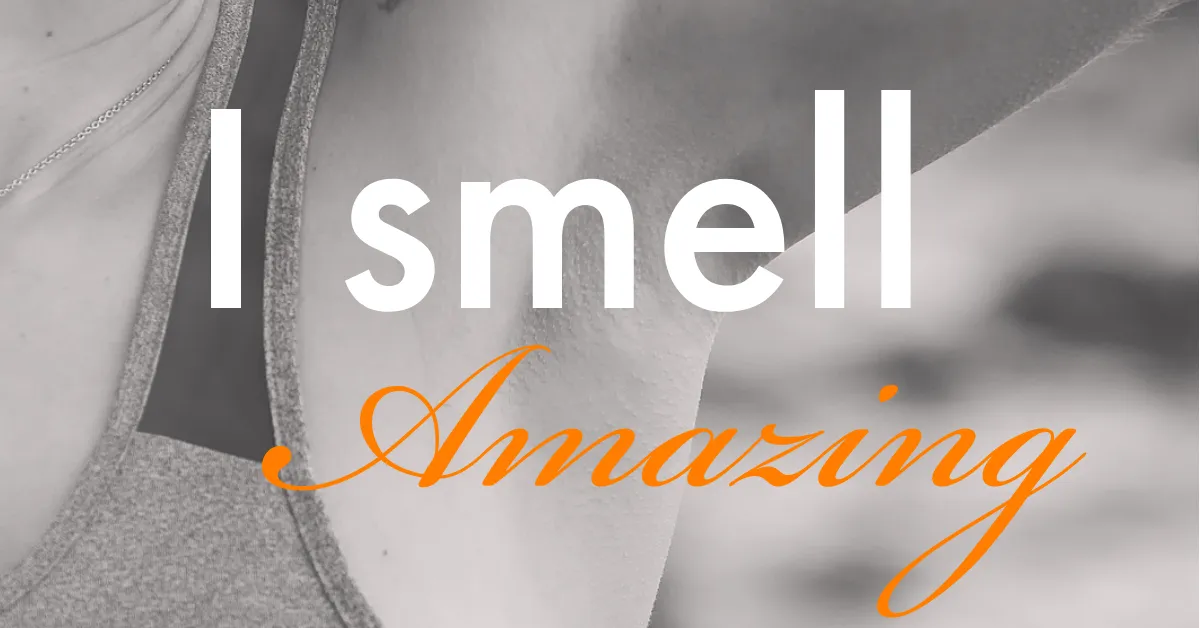
There's no conversation killer like: 'I made my own deodorant'. My colleagues said drily that they'll have to open the window during summer then, and that their friend made their own deodorant and they had to ask her to switch back. People look at me like I'm a mad raging hippy to even suggest such a thing. I am always puzzled about why people might be so resistant to making their own body products. Have we been so manipulated by cosmetic companies that we believe they are the only effective alternative?
One might ask why bother at all. There has been no conclusive studies linking anti-perspirants or deodorants to breast cancer, as people commonly belief but as yet has not been conclusively proved. Since we've only been really using deodorants in the last century or so, and there's not yet enough studies, I'm choosing to err on the side of caution - a sniff of a possibility it might be harmful (excuse the pun) is good enough for me to choose to buy more 'natural' products. Given that aluminium and other ingredients of these products have been known to cause problems, it's not worth taking a chance whilst waiting for more studies to be done.
However, as science begins to emphasis the importance of the bodies microbiota, which assists us maintain good gut health and immunity, I find myself with another reason to resist using deodorant 'products'. Microbiota live on our skin, our saliva and our guts, so to smother them with product is counterintuitive to everything I have been reading about good health. Those that use antiperspirants (that use aluminium to reduce sweating) have less bacteria in their armpits, according to this study. Product use, they found, will affect the type and amount of particular bacteria in the armpits - and with or without deodorant, interestingly, this bacteria can vary from person to person, the most common being Corynebacterium, Staphylococcus, Betaproteobacteria, Clostridiales, Lactobacillus, Propionibacterium, and Streptococcus - not that any of you will remember those names after reading this article. The thing is, we need particular bacteria to 'eat' or process the smells - something which products rely upon. Once you stop using them, you smell, thus, you apply more product, and so on. Ugh. I hate being dependent on these kinds of cycles.
And so, I turn to doing making it myself. I can make a natural medicine in a pretty tin too!
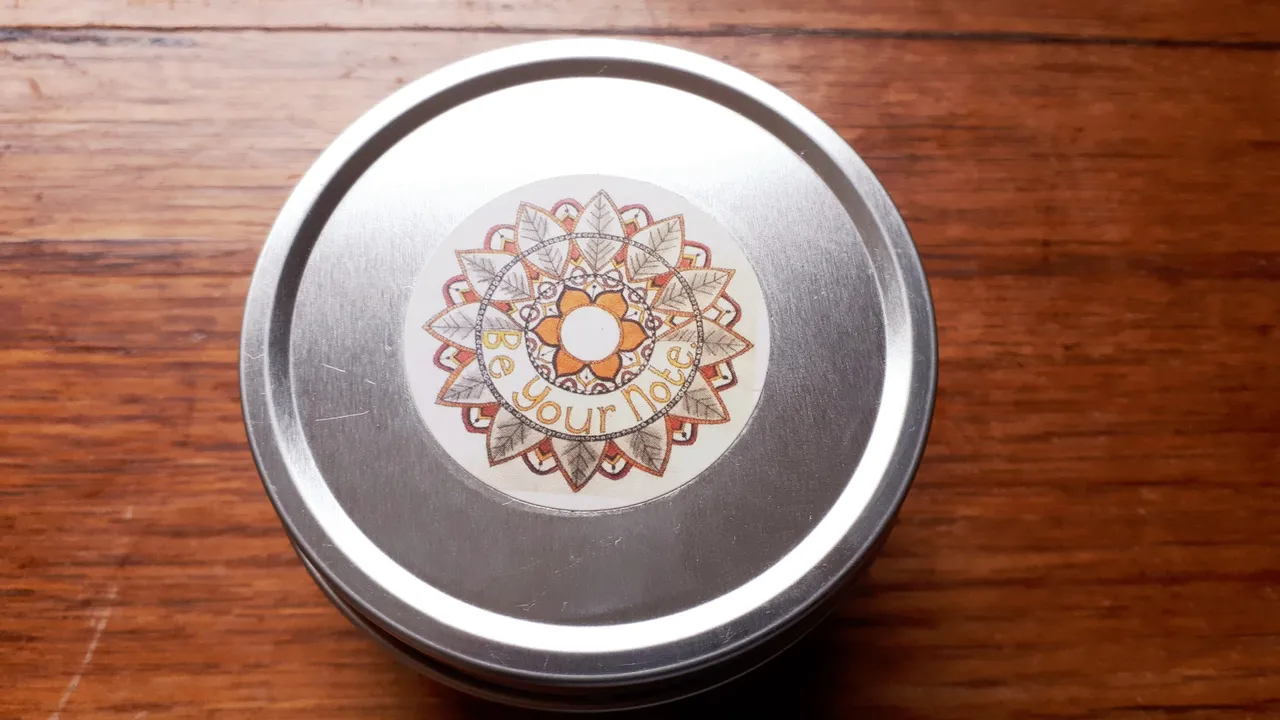
Whilst I've been using natural deodorants such as No Pong - which, if you are in Australia and buy natural deodorants, I highly recommend - not least because it's in a tin rather than a plastic disposable container - I really wanted to make my own, mainly because I don't like dependency on buying products at all, natural or not. If I can make it, I will. If something simpler will do, I'll prefer it - like using a calendula infused oil on my skin rather than an expensive moisteurizer. And that's all been part of the Natural Medicine Challenge this fortnight - you can read more about it here.
Conversations over the last few weeks with various friends have raised some really interesting alternative suggestions for deodorants as I begun to do my research. Shower more often in hot countries - it's the drying sweat that can smell. Use bicarbonate of soda. Rub half a lemon into your pits. Don't wear it at all - this is the advice of my best friend, who I joke I can smell from Tasmania. Whilst I think all these suggestions are super cool and practical for those they suit, they weren't going to suit me in my profession (hell, I don't wear it on weekends, but I'm not going to lean over some poor kid writing an essay and torture him with my armpits on a 35 degree Australian summer day!).
And then one person said they'd made this recipe by Dr Axe. As usual, I adapted it to my needs - I didn't have probiotic powder and wasn't sure about the validity of his inclusion of it - how would it stand up against being in a warm room, for example? I'm also not a fan of tea tree and lavender together so decided to research a more citrussy scent. I also chose to put mine in a tin rather than plastic, for obvious reasons.
Thus, my adapted recipe contained:
¼ cup baking soda
¼ cup coconut oil
¼ cup grated bees wax
¼ cup shea butter
3 tablespoons arrowroot powder
To make, I had a decent sized tin, so I simply melted the coconut oil, beeswax and shea butter inside the tin in a warm pot of water, then gently stirred in the baking soda and arrowroot powder.
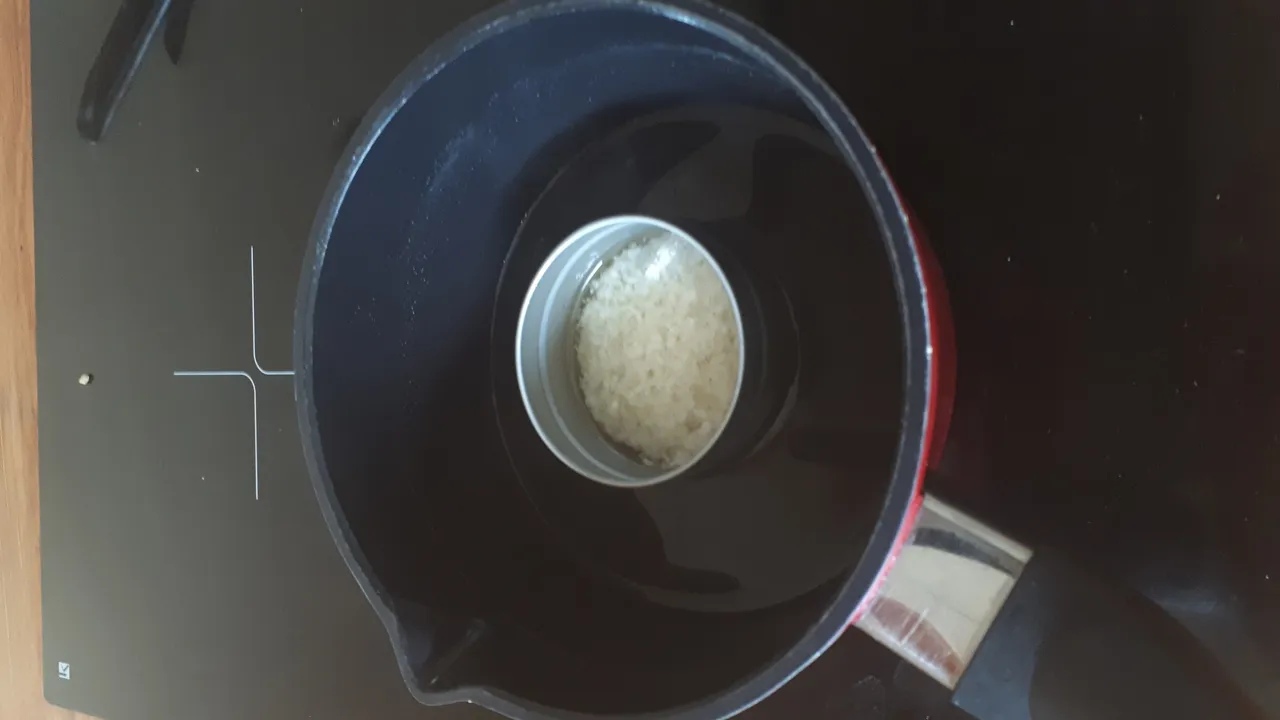
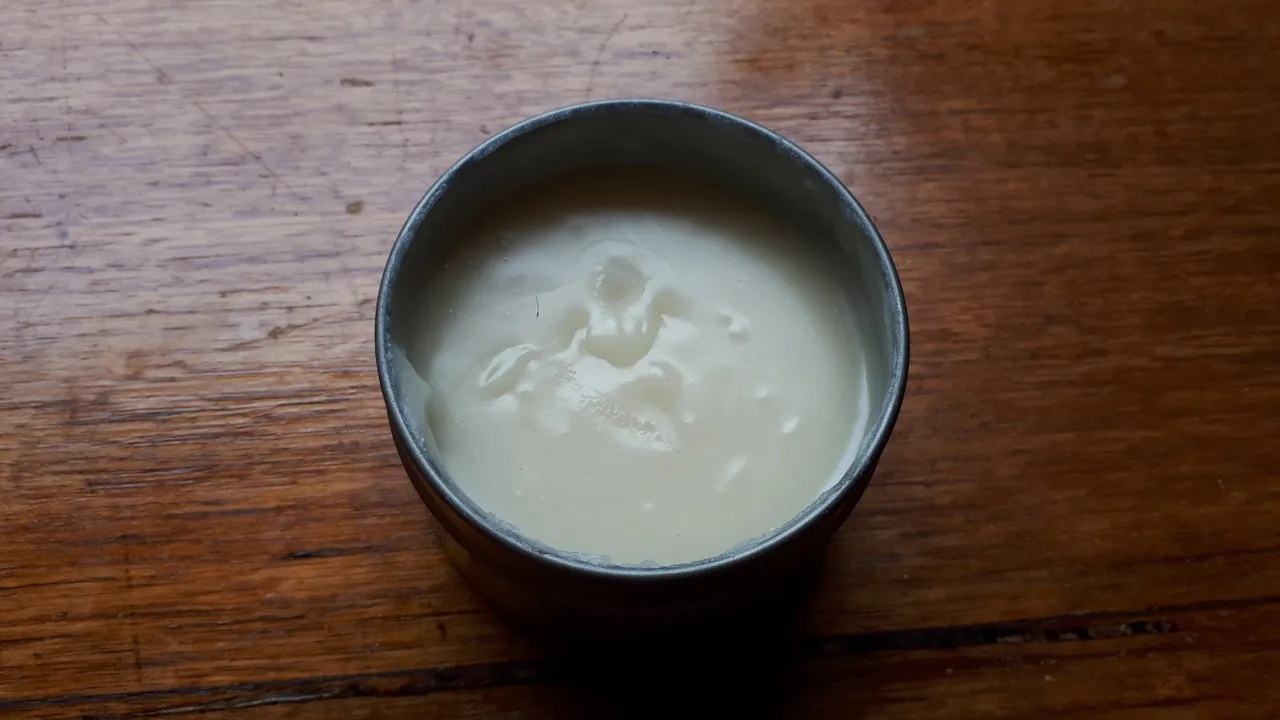
Next was scents. This took more research - whilst internet recipes might give you simple combinations of essential oils (such as tea tree and lavender, or bergamot and lime) I wanted something a little more subtle and complex. I am a big fan of beautiful smells, especially natural ones. After some research, perusing the ingredients lists of all the natural deodorants I could find and considering what it was that I personally had to hand, I then did a little thinking about top, bottom and middle notes, as you would with any perfume. This is the combination of oils that I ended up with, and was really pleased with.
Top Notes - Sweet Orange, Bergamot, Lime (8 drops each)
Middle Notes - Geranium (30 drops)
Base notes - Cedarwood, Frankincense, Ylang Ylang (to middle) - 5 drops each
I wished I had vanilla too, but these were all I had to hand. 20 drops are all that is needed to add to the cooling mix, and I had some left for my second batch, which I made for my son. Knowing he was sensitive to baking soda, I replaced that with diachomoteous earth. This is a really soft plant fossil that is crushed to a silky soft powder that I commonly use on my garden plants to protect them from earwigs but is often used in natural deodorants. Containing silica, it can block or eliminate odours because it soaks them up. It's also really soothing, pH neutral and way less harsh than bi-carb. I think I'll make my next batch with that instead too.
In the colder weather, this mix is quite hard - but a scrape of your thumbnail is enough to get a pea sized amount of deodorant onto your fingers and rub into your pits - and I mean rub - not a cursorily smear. This seems to work better.
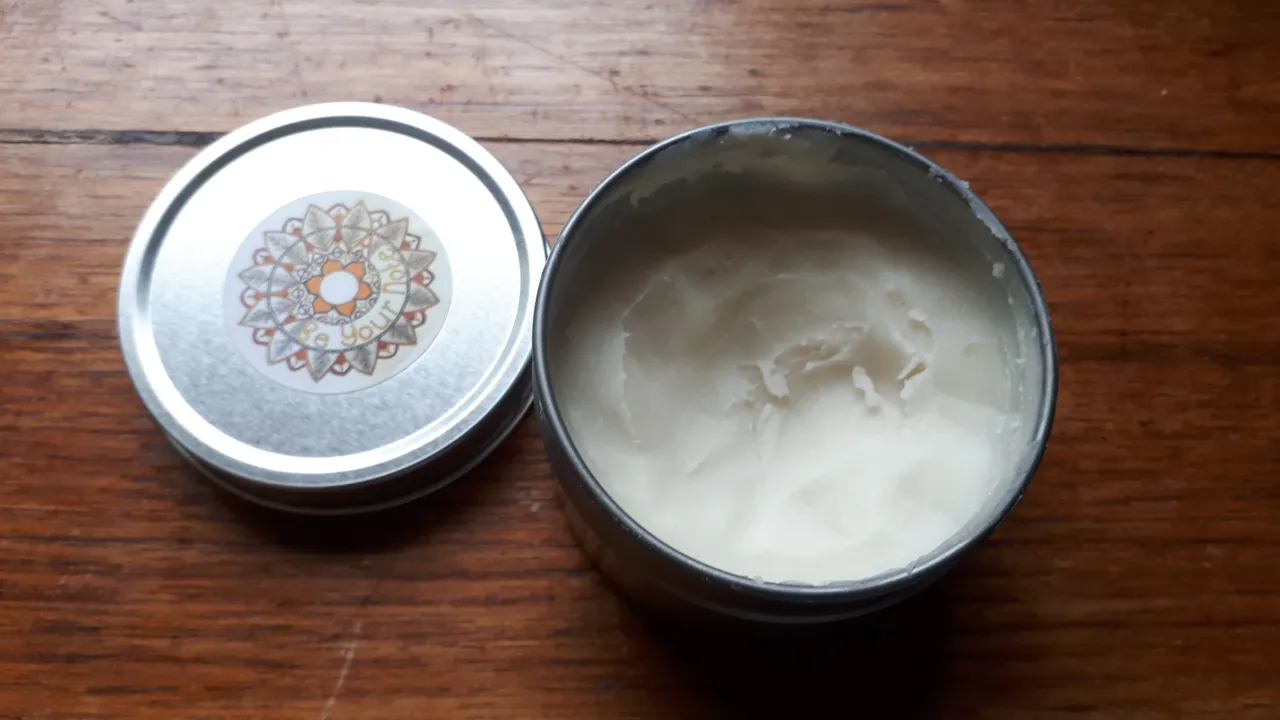
The verdict? Well, after weeks of using it, and some hot and sweaty days in between, I'm sold. At the end of the day, I sniff my armpits just in case, and they're all good.
Now to just make my husband a convert. He will have to, because I am adding it to the list of products we don't have to buy anymore.
Smell my armpits, honey! Smell them!
This post was written in response to Natural Medicine's challenge this October, which asks us to make a 'product' from natural ingredients that may have medicinal value, or perhaps might replace a store bought product that could be unhealthy. Catch the challenge for the chance to win up to 40 Steem, plus LOTUS tokens - and you can enter as many times as you like!

